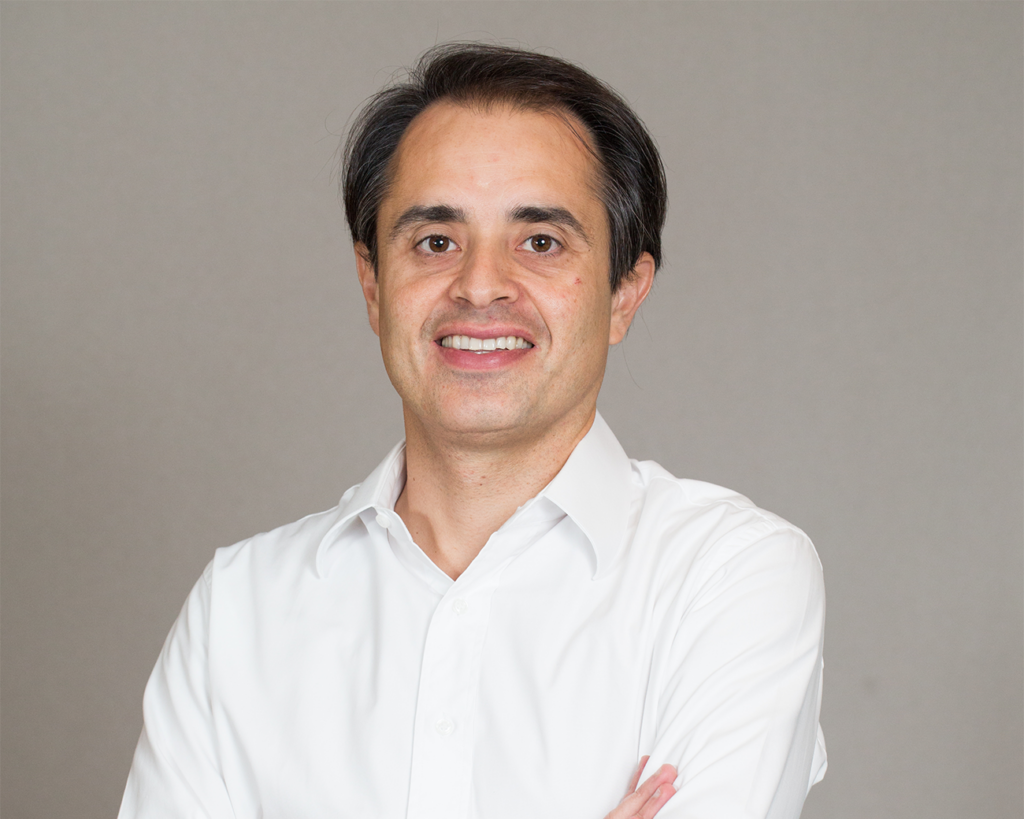Member Profiles
An Interview with Francisco Mira, Promotora
22 July 2011

LAVCA recently spoke with Francisco Mira, President of Colombia-based fund manager Promotora, about the opportunities in the country for both private equity and venture capital investors.
 LAVCA: Please give us some background on Promotora.
LAVCA: Please give us some background on Promotora.
Mira: Promotora began as a Corporate Financial Services and Investment Banking company with a focus on midsized market M&A, project finance and new project development. We identified an opportunity in the venture and mid-sized market, considering the limited availability of equity for this segment and a large number of expanding businesses in a country with excellent resources and talented entrepreneurs.
We have two funds with USD $67 million under management. We manage a venture capital fund focused on IT, life sciences and engineering applied services, and a growth private equity fund focused on logistics, waste treatment, security services, specialized engineering and agribusiness. Both funds target Colombian companies.
LAVCA: How did you become involved with the firm? What prior experience did you have?
Mira: I began working for Promotora in 2000 as a vice president dedicated to project financial structuring in the investment banking business. I became the firm’s CEO in 2002.
Prior to joining Promotora’s team, I held different positions in the infrastructure and construction industries in Colombia. Through my previous experience, I became interested in the opportunity to not only contribute to the progress of the region and the country, but to also help business owners and entrepreneurs either strengthen and expand their current companies or facilitate the creation of new ones.
LAVCA: Promotora invests in both private equity and venture capital. How do you define and differentiate the two?
Mira: In our investment strategy the main differentiation is in the company’s development stage. The venture capital fund is focused on early stage and start-up enterprises based on innovation that generates global products or services. The growth equity fund is focused on rapid growth companies with proven and established business models that can be efficiently replicated in other regions or countries.
These two funds also have differences in terms of deal size and target companies revenues. For example, the deal sizes for the venture fund could be between $500,000 to $2.5 million, targeting $1.5 million per transaction, but our growth private equity fund targets $6 million per transaction, with deal sizes spanning between $3 million and $7.5 million. Nonetheless both funds have the same hands-on approach. Our teams play a very active role in our portfolio companies.
LAVCA: Can you give us an example of how you add value to your portfolio companies? What was your most recent investment?
Mira: Our most recent investment was in ZIO Studios, a company dedicated to social and mobile games, as well as digital animation. We invested $1.5 million through our venture capital fund.
The firm is part of a growing industry where publishers and game developers value creative studios in countries where they can find sources of new intellectual property. From an operational standpoint, we are helping ZIO Studios to identify and create close ties with these global publishers. We also brought a Colombian entrepreneur (who already sold his video-game and digital-animation company in California after decades of solid return) to the company’s board.
LAVCA: How do you source and find deals for each fund?
Mira: We have a very broad and strong network due to our experience and proven success in our previous activities, but also make contacts through our shareholders, which are led by Grupo de Inversiones Suramericana, one of the largest economic conglomerates in Colombia. We are also active participants in diverse organizations that support entrepreneurs and SMEs.
In our experience we have found that deal sourcing for the venture capital fund is more efficient than that of the growth private equity fund. This is due to the fact that Colombian early stage entrepreneurs are more knowledgeable of the benefits of working with investors, while owners of more mature companies have a desire to continue working and making profits without capital injections.
LAVCA: Who are your top 3 LPs? Do you approach different LPs for your private equity funds versus your venture capital funds?
Mira: Our top 3 LPs are: Grupo de Inversiones Suramericana and its affiliates, Bancoldex (through the fund of funds Colombian government instrument), the Multilateral Investment Fund of the Inter-American Development Bank (FOMIN) and the Inter-American Investment Corporation (IIC).
We do approach different LPs for both funds, due to the higher risk exposure assumed by the VC Fund. LPs from the VC fund are larger institutions that are willing to foster high impact entrepreneurship in Colombia (ie Grupo de Inversiones Suramericana, FOMIN and Bancoldex). Most LPs from our growth private equity fund, are pension funds, insurance companies, multilateral agencies (IIC, CAF), as well as Bancoldex.
LAVCA: Colombia is receiving attention as a burgeoning PE/VC market. Where do you see the most opportunities for PE/VC investing in Colombia?
Mira: At Promotora, we believe that the best opportunities for private equity investing in Colombia come from businesses that take advantage of the growing purchase power from the lower and middle class population, as well as companies that have strong products and services that can be replicated in other markets.
For venture capital, Colombia is a hot spot for the development of new disruptive and modified applications of different technologies for the IT and Life Sciences sectors.
LAVCA: Promotora invests in technology start-ups and companies. What do you feel is Colombia’s unique value proposition in this sector?
Mira: We believe that Colombia’s unique value proposition is the combination of three factors:
- A skilled and dedicated workforce, especially in growing technology industries. We see many Colombians that have gained experience in developed markets and excelled in multinational corporations and universities, now returning to Colombia in order to undertake new ventures.
- Lower costs –not only for labor, but also for the higher productivity – when compared to more developed countries, giving Colombia a competitive advantage.
- The strategic location of the country, which also has cultural ties with the US and other developed countries. Colombia is also in the same time zone as that of the US, which enables easier business transactions and information sharing.
LAVCA: What are the biggest obstacles facing entrepreneurs in Colombia?
Mira: The main obstacle is the limited availability of capital for early stage companies, either debt or equity. Colombian financial institutions have strict controls and are very averse to risk taking.
Another challenge for the industry is the lack of successful exits. Exits are important, in order to create a virtuous circle, where entrepreneurs see that it is possible to get financing from VC/PE investors and increase their personal wealth.
LAVCA: What do you see as the most viable exit strategies for your portfolio companies?
Mira: We focus our exit schemes on strategic buyers, since they place higher value on specialized businesses. The public capital market in Colombia is evolving rapidly and has been enhanced with the integration with the Peruvian and Chilean stock exchanges, but for the majority of activity is from large corporations and traditional industries. We expect a more aggressive participation of smaller firms and tech companies in the mid-term, or even the potential for the creation of a parallel market for these kinds of companies such as the London Stock Exchange’s AIM.
LAVCA: What is the greatest need for regulatory reform that you currently see with regard to private equity and venture capital in Colombia?
Mira: There are no specific provisions in the tax code for the private equity industry, which creates some uncertainty for investors and management firms. We also see the need for tighter control of the financial surveillance authority over the use of the private equity vehicles for specific purposes that are different than those considered as a standard of the private equity industry in developed markets.
You may be interested in...
-

Luciana Antonini Ribeiro, eB Capital
Executive: Luciana Antonini Ribeiro, Co-Founder and CIO Member Name: eB Capital Year...
-

Cristiano Gioia Lauretti, Kinea Private Equity
Member: Kinea Executive: Cristiano Gioia Lauretti, Head of Private Equity HQ: São...
-

Maria Pia Iannariello, MGM Innova Capital
LAVCA recently spoke with Maria Pia Iannariello, Co-Founder & COO of MGM Innova Capital,...
-

Rafael Ramirez, Portfolio Manager, Alaska Permanent Fund Corporation
LAVCA recently spoke with Rafael Ramirez, Portfolio Manager– Private Equity &...